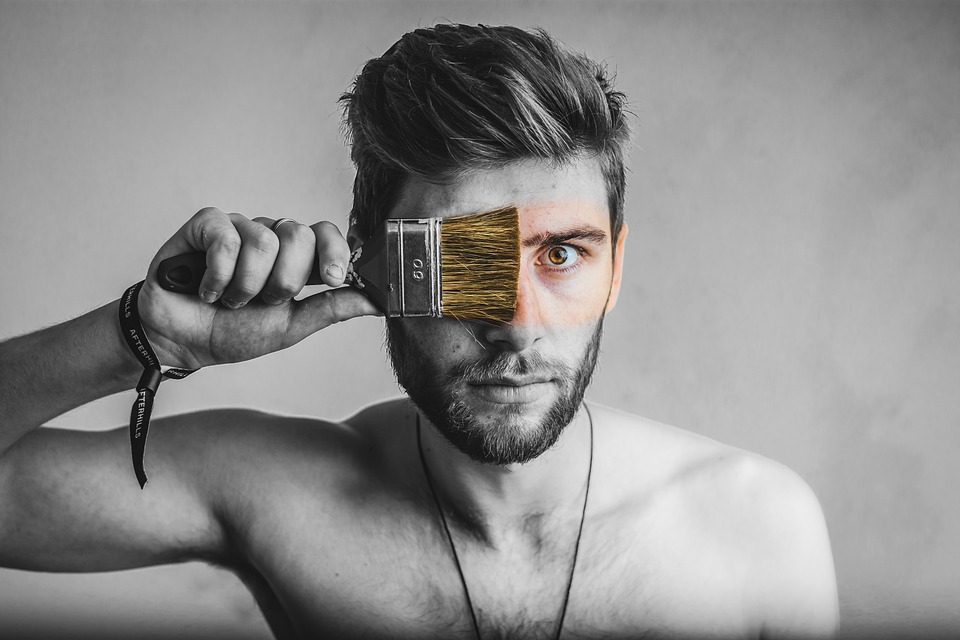
In recent years, European fashion has experienced a shift towards embracing diversity and breaking traditional norms. From the runways of Paris to the streets of London, designers and influencers are challenging outdated notions of beauty and identity, and celebrating the rich tapestry of cultures that make up the continent.
One of the key drivers of this change is the increasing demand for inclusivity and representation in the fashion industry. Consumers are no longer willing to accept narrow standards of beauty and are demanding to see themselves reflected in the clothing and advertising campaigns they engage with. This has led to a wave of designers and brands championing diversity, both in terms of the models they cast and the designs they create.
In recent years, we have seen a significant increase in the visibility of models of color, plus-size models, and models with disabilities on the runways and in campaigns. Brands like Balmain, Versace, and Gucci have all featured diverse casts in their recent shows, and magazines like Vogue and Elle are increasingly featuring models of different backgrounds on their covers. This shift towards inclusion is not just a passing trend – it is a reflection of a broader cultural shift towards acceptance and celebration of all forms of beauty.
In addition to diversity in representation, European fashion designers are also breaking traditional norms in terms of the designs they create. The rise of gender-neutral and gender-fluid fashion has been a major trend in recent years, with designers like JW Anderson, Raf Simons, and Rick Owens blurring the lines between menswear and womenswear. This breaking down of traditional gender barriers not only allows for greater self-expression, but also challenges the rigid gender norms that have long dominated the fashion industry.
Another important aspect of breaking traditional norms in European fashion is the embrace of cultural diversity. Designers are drawing inspiration from a wide range of global cultures, from African prints to Middle Eastern embroidery. This cross-pollination of ideas and influences has resulted in a more eclectic and culturally rich fashion landscape, where traditional garments and techniques from around the world are celebrated and integrated into contemporary designs.
Overall, the evolution of European fashion towards diversity and inclusivity is a positive and necessary step towards a more inclusive and accepting society. By breaking down traditional norms and embracing a more diverse range of identities and perspectives, European fashion is not just leading the way in terms of style – it is also setting an important example for the rest of the world.As the fashion industry continues to evolve, we can only hope that this commitment to diversity and inclusivity will become the new norm, rather than just a passing trend.







